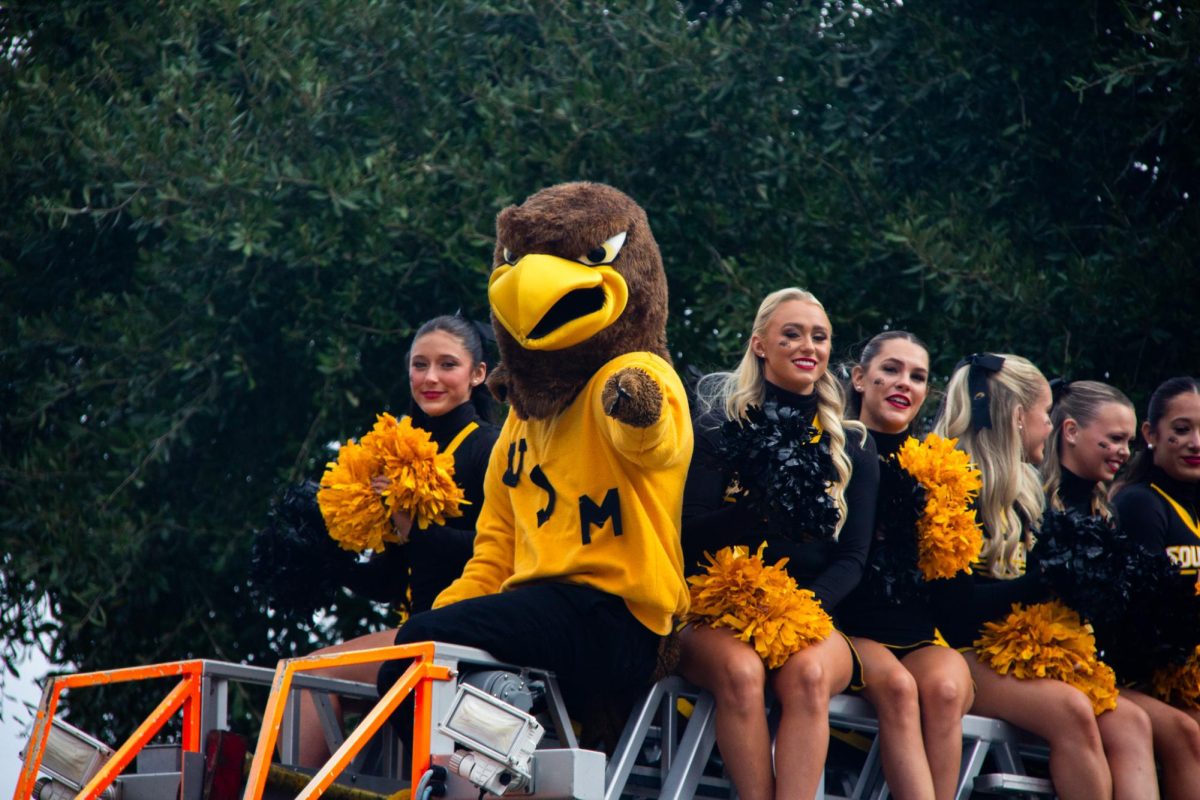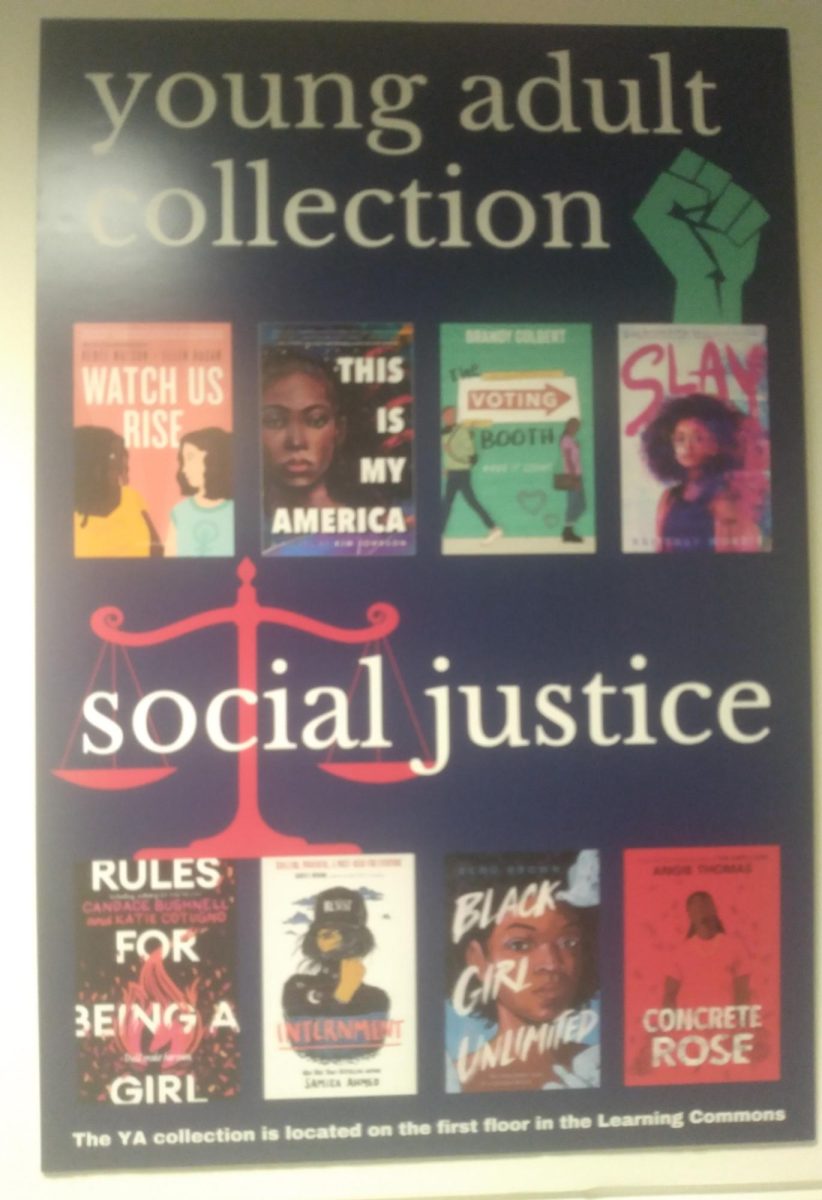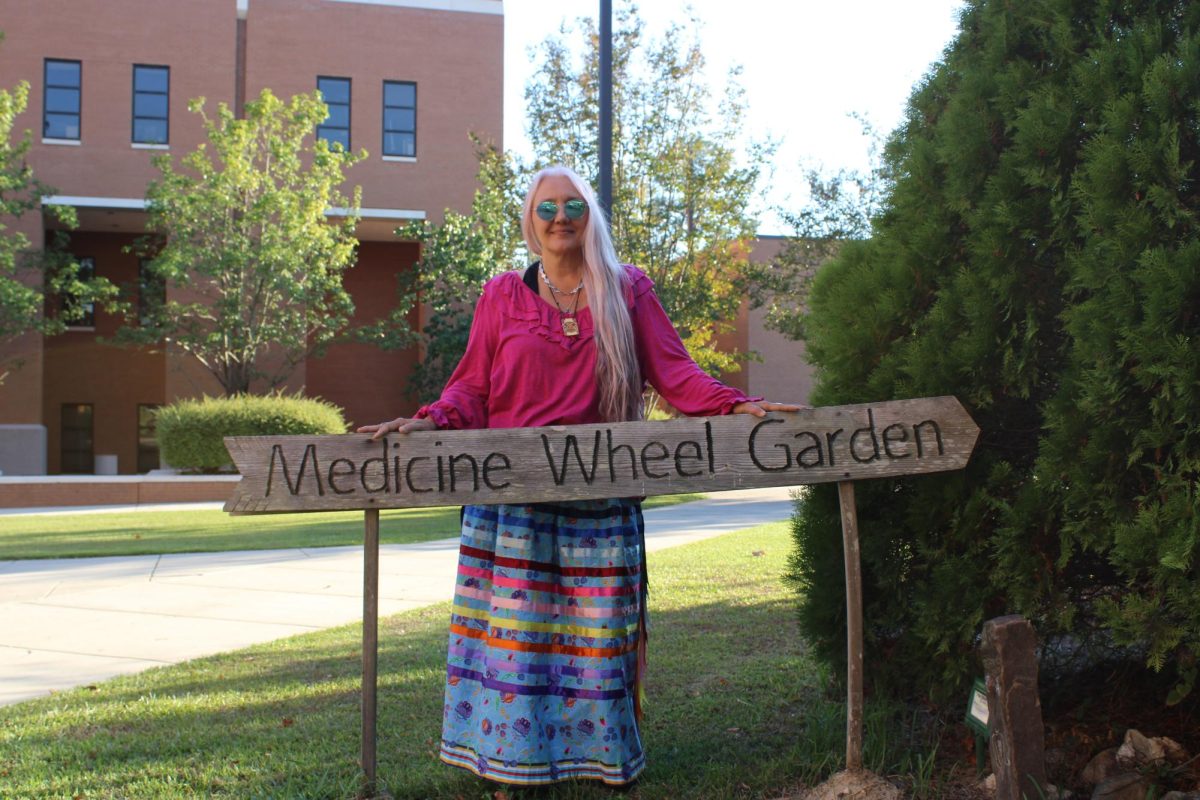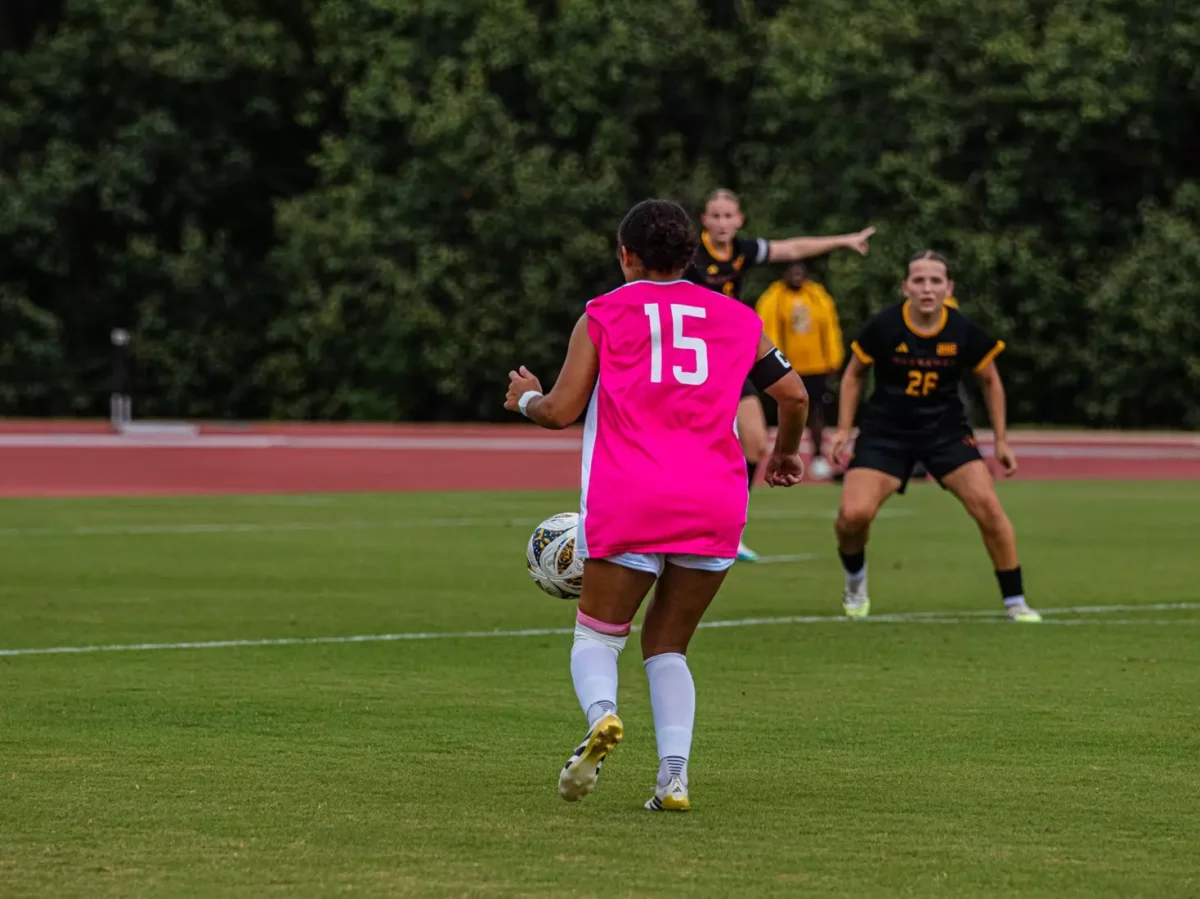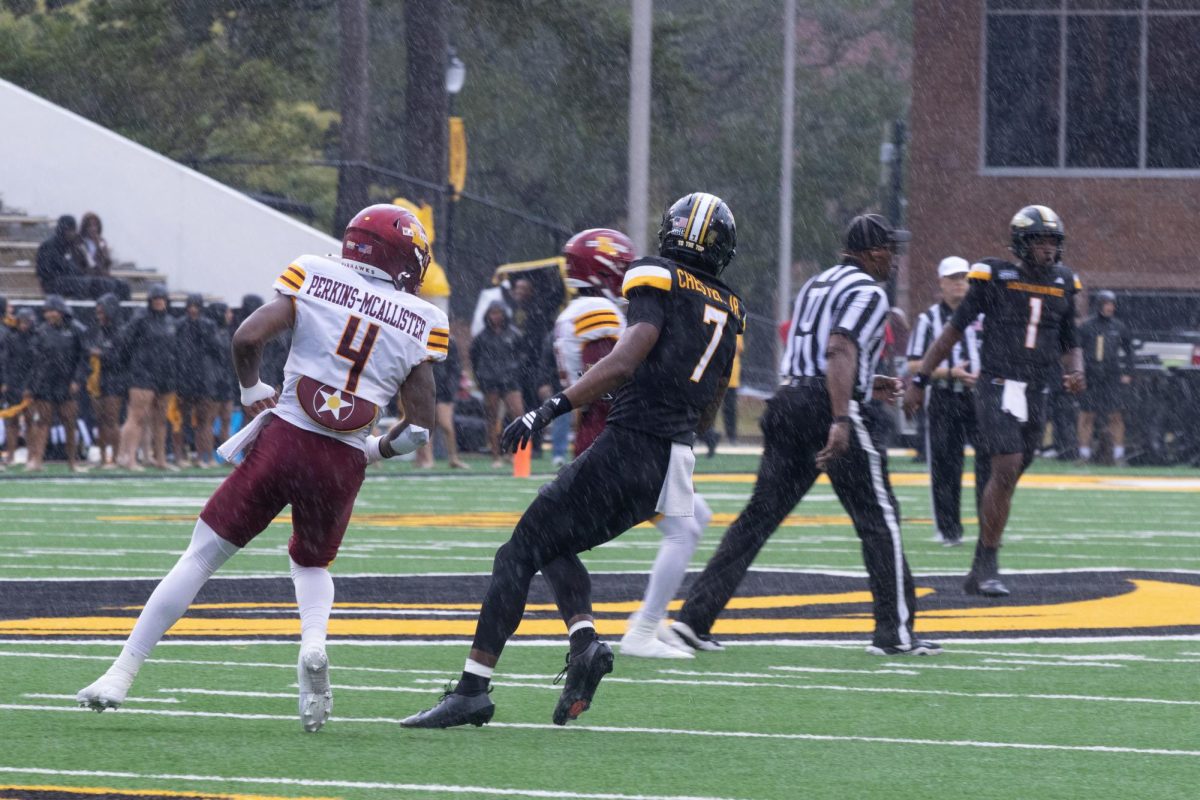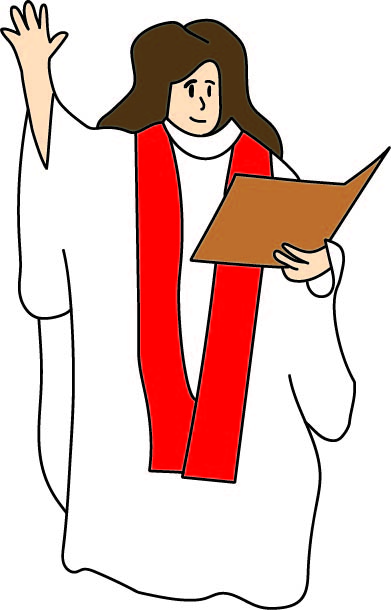The lack of female deacons has especially been a hard-hitting pill for many to swallow. The idea that deacons can be female is often assumed to be from a radical or liberal standpoint, which isn’t always the case. It is, however, from a modern standpoint that seeks change within the church where it’s not always welcomed.
As common in many churches, lack of female representation is often more visible than not, especially in the south. Although many denominations show female deacons within the church as well as priests or ministers, the Baptist faith has lacked in this aspect.
Personally, I see one trend throughout the Baptist church as I have grown up in the faith. In this denomination, it is uncommon for women to be deacons, but many do work in the church as children’s pastors or staff members. This contrasts with my long line of family members who are not only believers, but leaders throughout the church. My aunt is an Episcopal priest who has shown the ability that women have to lead within a church.
Even though many verses in the Bible suggest that deacons are strictly men, it is not uncommon to see a deaconess within the Baptist church. The presence of female deacons is greatly common in the United Kingdom or African American Southern Baptist churches, but very rare throughout the rest of the Baptist community.
Many denominations show a large acceptance in female leadership throughout the church. In the early protestant churches, deaconesses were gradually accepted as common leaders. This traces all the way back to biblical times at the mention of Phoebe, a deaconess within the church of Cenchrea. She was commonly known as a leader within the church and is a prominent example of female representation for Christian women.
Despite how scripture does not give much evidence of women as deacons, it also doesn’t oppose the idea. The common response when referring to these issues within the church is to supplement them with verses. The problem with this is that Christians are often seen as cherry-picking verses to justify their beliefs. Many verses are shown to prove submission from women, but these verses are so often misused.
While the Baptist church shows no momentum of changing, the Catholic church is moving closer to the alteration of original rules. Bishops gathered at the Vatican in October to vote on whether married men should be priests. This showed gender bias as women are still not welcomed to be priests within the Catholic church. While the inclusion of married men into the priesthood is a step forward, the inclusion of women would be an even greater milestone.
Women may have made an impact throughout the church, but their role has never truly been free from controversy. Beth Moore, a Christian author and speaker, recently spoke at a Baptist church, which ignited a debate between Baptist men on Twitter about female preachers. Among these men was the president of the Southern Baptist Theological Seminary, who spoke in a podcast about women who need to be absent from preaching on a Sunday.
Although there is a shameful denial of female leadership within the church, women have also come a long way in this aspect. Leaders such as Paula White, Juanita Bynum and even Ida B. Robinson have shaped the church and the ability women have to become leaders, regardless of social standing or sexuality. While rare, women have been able to create a movement within the church that allows future females to lead in a way that was once detested.
My belief is that the silencing of women within the church is not a progression, but a step back not only for believers but for all of humanity. The world is changing, the church is changing, worship is changing and the leadership within the church is changing. Fellow believers must retract from the denial of the generations before us and adopt the same attitude being shown throughout the more radical believers within the church.




